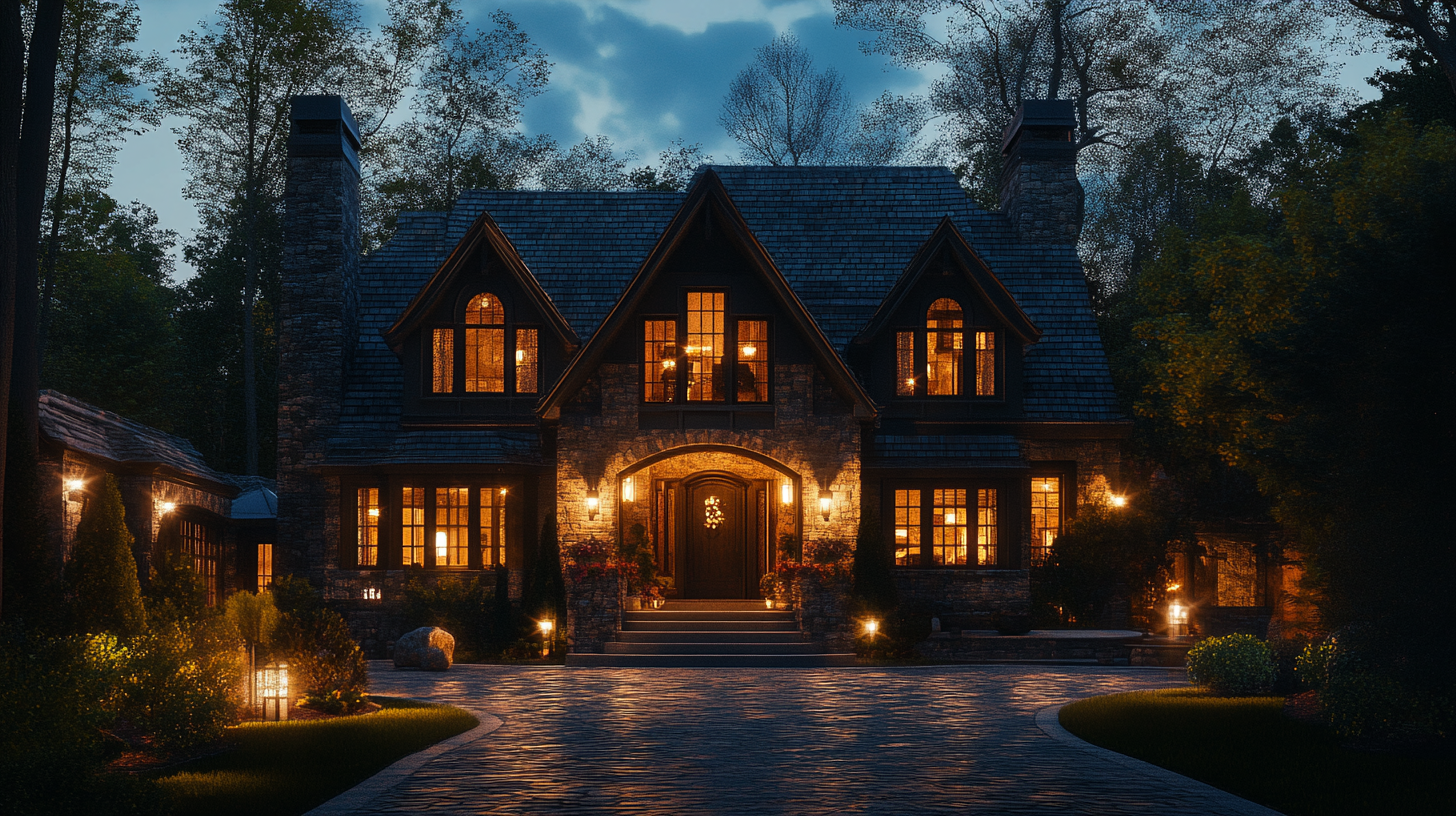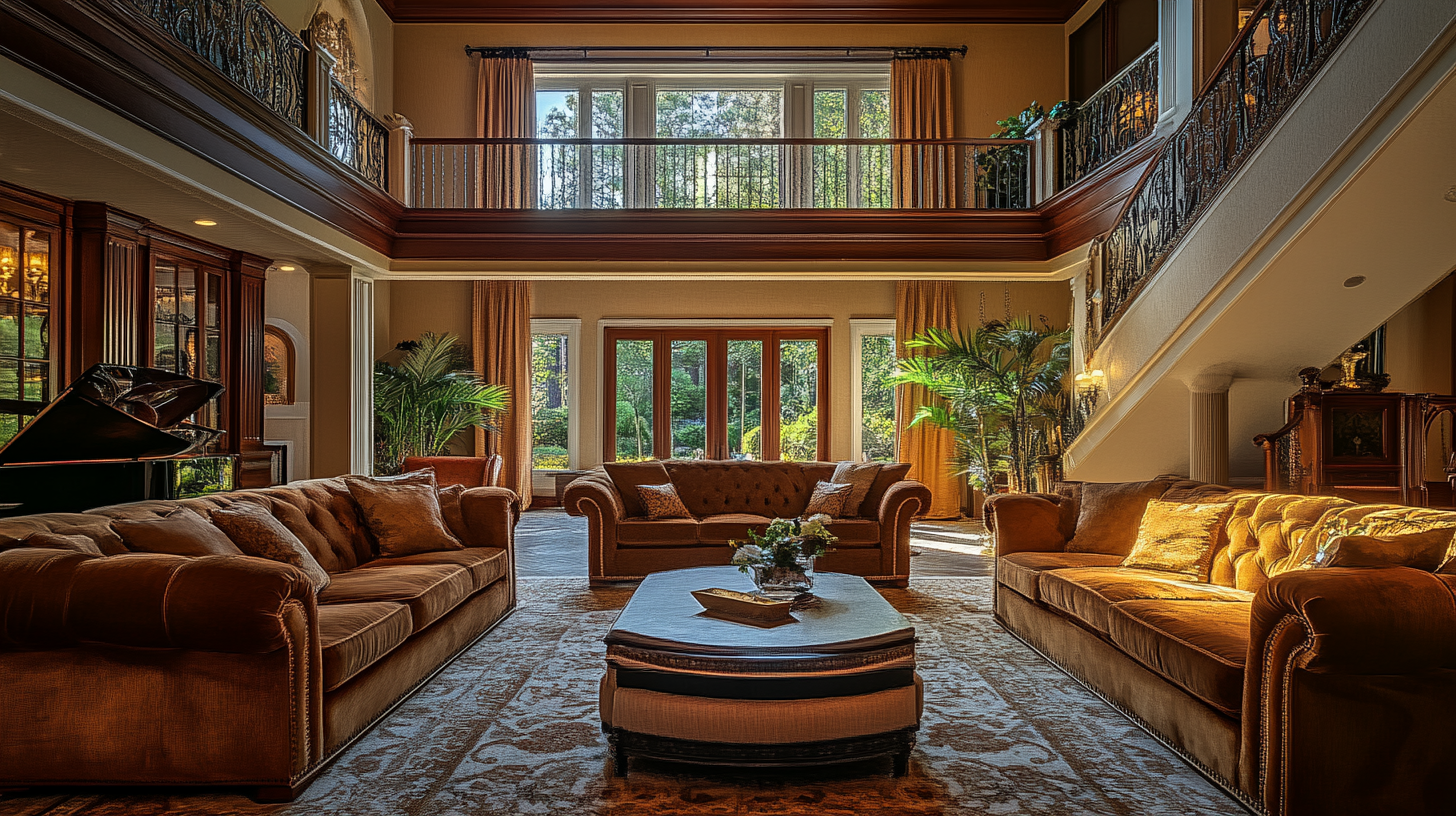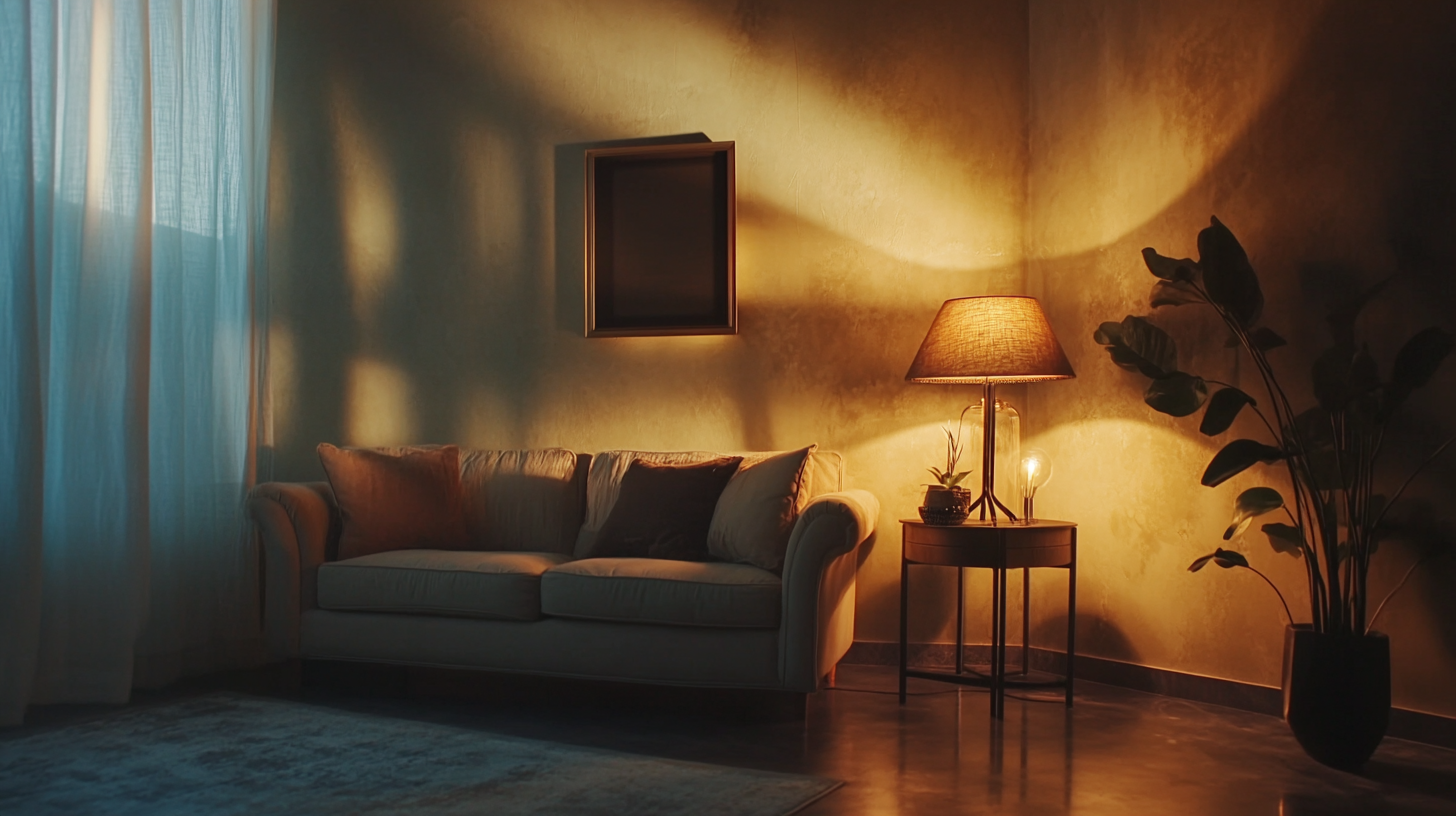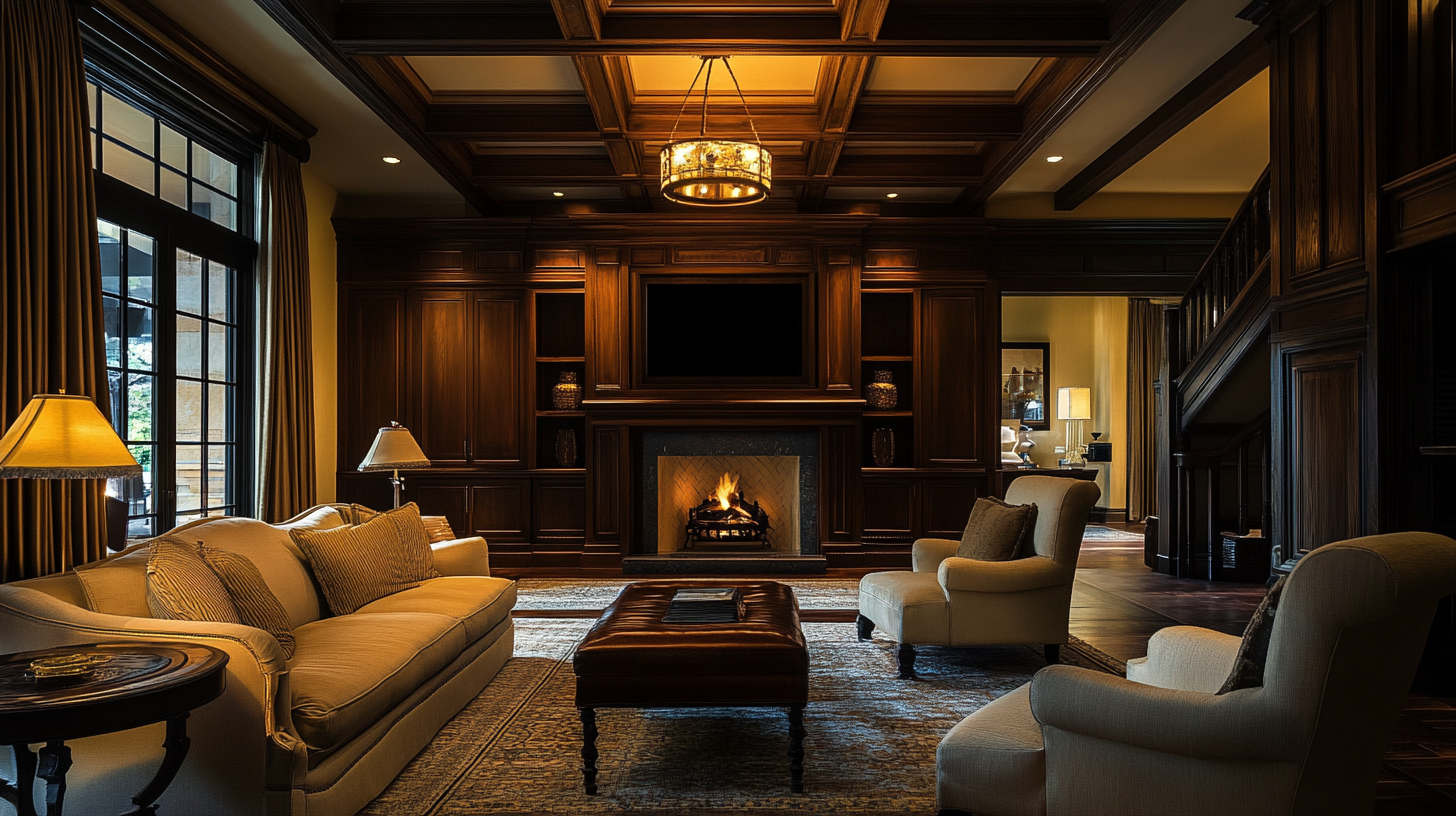Edison LED Lighting
Projects
Mastering the Art of Home Lighting to Enhance Your Living Space
In the realm of interior design, home lighting plays a pivotal role in shaping the atmosphere and functionality of our living spaces. It goes beyond mere illumination; the right lighting can transform a room, highlight features, and create a sense of comfort and warmth. As we navigate the various aspects of home lighting, from choosing the perfect fixtures to understanding the impact of color temperature, we unlock the potential to elevate our everyday environments into cohesive and inviting sanctuaries.
Mastering the art of home lighting involves a blend of creativity and practicality. It requires an appreciation for how light interacts with colors, textures, and spaces. Whether you are looking to brighten a dimly lit room, create a cozy reading nook, or set the mood for entertaining guests, the manipulation of light can make all the difference. In this blog, we will explore essential tips and techniques that will empower you to enhance your living space through effective home lighting strategies, ensuring that every corner exudes the desired vibe and functionality.

Understanding the Importance of Lighting in Home Design
Lighting plays a pivotal role in home design, influencing not only the aesthetic appeal but also the functionality of a space. According to the American Lighting Association, approximately 90% of our waking hours are spent indoors, making effective lighting essential for enhancing a living environment. The right lighting choices can not only brighten a room but also improve mood, productivity, and even physical health. Research by the Lighting Research Center indicates that well-designed lighting can increase a room's perceived spaciousness and warmth. For instance, natural light exposure has been shown to boost Vitamin D levels, which caregivers often overlook as they design indoor spaces. Furthermore, a study published in the Journal of Environmental Psychology found that lighting can directly affect cognitive performance and emotional responses. Rooms equipped with layers of light—ambient, task, and accent—are perceived as more inviting and can uplift spirits. Incorporating smart lighting solutions is another key trend in contemporary home design. According to a survey by the National Association of Home Builders, over 70% of homeowners express interest in smart home technologies, especially in managing their lighting systems remotely. This shift reveals a growing awareness of how adaptive lighting can cater to various activities throughout the day, supporting both relaxation and productivity. By mastering the art of home lighting, individuals can create spaces that are not only visually appealing but also enhance overall well-being.

Key Principles of Layering Light for Depth and Warmth
When it comes to home lighting, mastering the art of layering is crucial for creating a warm and inviting atmosphere. Layered lighting incorporates multiple sources within a single space, allowing for a dynamic interplay of light that enhances the depth and character of a room. This technique typically involves three fundamental types of lighting: ambient, task, and accent.
Ambient lighting serves as the foundation, providing general illumination for the entire room. It can be achieved through overhead fixtures, such as chandeliers or recessed lights. Adding task lighting is essential for specific activities, illuminating areas where focused light is needed, such as reading corners or workspaces. Finally, accent lighting adds intrigue, drawing attention to artwork or architectural features. By carefully balancing these layers, homeowners can craft an environment that is both functional and aesthetically pleasing.
Color plays a pivotal role in how we perceive light and space. Interior design experts emphasize the importance of harmonious color schemes to enhance the effect of layered lighting. For instance, warm tones can amplify the cozy ambiance provided by soft lighting, while cooler shades may create a more open and tranquil atmosphere. Combining these colors thoughtfully across fixtures and decor can create a cohesive look that resonates with the overall theme of the home.
Designing a space that feels both balanced and inviting relies heavily on these principles. By experimenting with different layers of light and color combinations, anyone can transform their living area into a welcoming haven, perfect for relaxation or entertaining guests, especially during the festive season.

Choosing the Right Fixtures to Match Your Home's Aesthetic
Choosing the right lighting fixtures is essential for enhancing your home's aesthetic appeal and functionality. According to a recent report by the American Lighting Association, nearly 80% of homeowners believe that lighting significantly impacts the overall design of their living spaces. When selecting fixtures, it is crucial to consider the existing décor styles within your home. For instance, modern spaces often benefit from sleek, minimalistic designs, while traditional homes might flourish with ornate chandeliers or vintage sconces.
Layering different types of light, including ambient, task, and accent lighting, can create a dynamic atmosphere that complements your home’s design. A survey from the National Kitchen and Bath Association revealed that 63% of respondents acknowledged that proper lighting improved their daily routines, indicating that lighting should be both stylish and practical. For example, integrated LED strips under cabinets or in crown moldings can provide a warm glow that enhances texture while remaining unobtrusive.
Furthermore, selecting fixtures that balance aesthetic appeal with energy efficiency is a growing trend. A study by the U.S. Department of Energy found that switching to LED lighting can reduce energy costs by up to 75%, making it an attractive option for budget-conscious homeowners. As you curate your lighting choices, consider how various fixtures not only reflect your personal style but also contribute to a sustainable living environment, striking the perfect balance between elegance and efficiency.

Color Temperature and Its Impact on Mood and Ambiance
Color temperature plays a crucial role in shaping the mood and ambiance of a living space. Measured in Kelvin (K), the color temperature can range from warm (around 2700K-3000K) to cool (above 4000K). Warm light, characterized by its soft, yellow glow, is inviting and creates a cozy atmosphere, making it ideal for living rooms and bedrooms where relaxation is a priority. This type of lighting can enhance comfort and foster social interactions, making gatherings feel more intimate.
On the other hand, cool lighting, often associated with daylight (5000K and above), can promote alertness and focus. It is particularly beneficial in workspaces and kitchens, where you want to enhance productivity and visibility. The bright, crisp quality of cool light can help you stay energized and engaged, especially during tasks that require precision. By thoughtfully incorporating different color temperatures into your home, you can adjust the ambiance based on the activity and time of day, thus curating an environment that truly reflects your lifestyle.
To achieve the desired effect, consider using dimmable fixtures and smart lighting solutions that allow you to alter the color temperature easily. By embracing the concept of color temperature in your home lighting design, you can not only enhance the aesthetics of your space but also optimize your well-being and emotional comfort within it.
Smart Lighting Solutions for Modern Homes: Convenience Meets Style
Smart lighting solutions have revolutionized the way we illuminate our living spaces, seamlessly blending convenience with style. In today’s modern homes, smart lighting not only enhances aesthetic appeal but also offers unparalleled functionality. With the ability to control lighting through smartphones or voice-activated devices, homeowners can adjust brightness, color, and even schedule lighting to create the perfect ambiance for any occasion.
One of the key features of smart lighting is its adaptability. For instance, LED smart bulbs can change colors depending on the mood you wish to set—soft pastels for a cozy evening or vibrant hues for a lively gathering. Additionally, programmable lighting systems can mimic natural light patterns, promoting wellness and enhancing your daily routine. Imagine waking up to warm, gentle lighting that gradually brightens as the sun rises, or having your living room lights progressively dim as you unwind for the night.
Integrating smart lighting into your home also adds a layer of security. With motion sensors and automated controls, you can ensure that your home looks occupied even when you’re away. Furthermore, smart lighting systems can be connected to home automation platforms, allowing you to synchronize lighting with other smart devices for a cohesive smart home experience, all while maintaining a stylish design that complements your interior decor.

